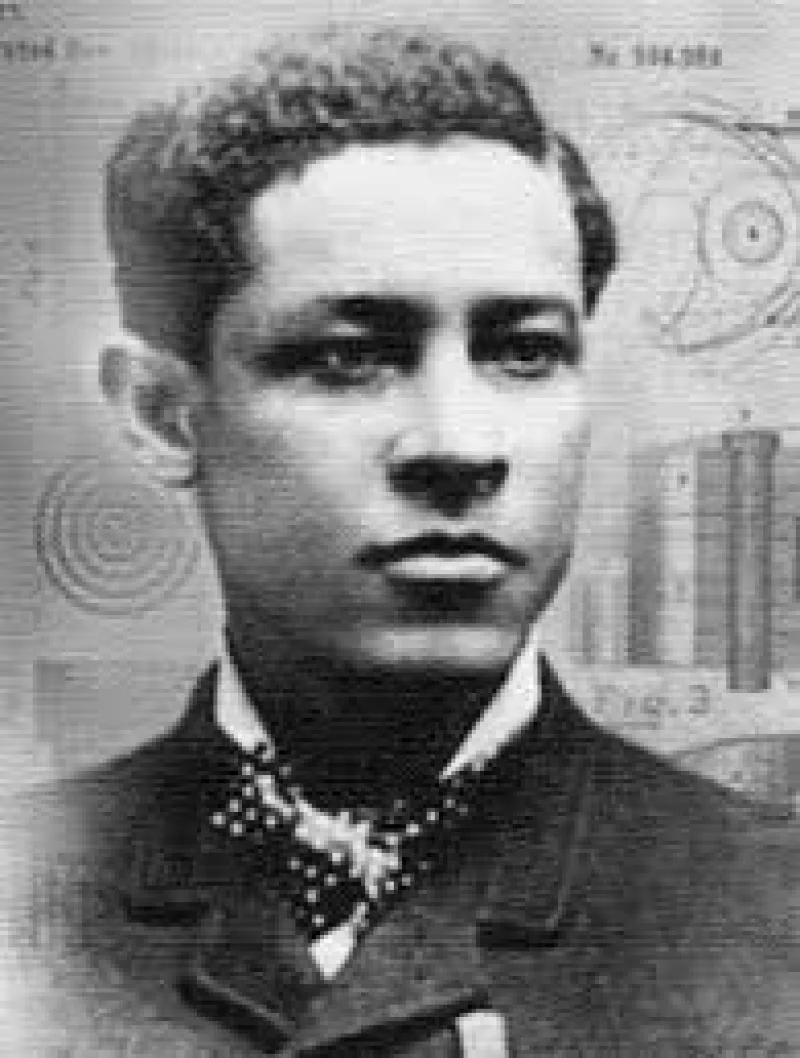Short Summary
Wilbur and Orville Wright are renowned for their pioneering work in aviation, achieving the first powered, sustained, and controlled flight of an airplane on December 17, 1903. Their innovative approach to aerodynamics and control systems laid the groundwork for modern aviation. The Wright brothers' relentless pursuit of flight transformed human transportation and exploration, marking them as key figures in aviation history.
Early Life & Education
Wilbur Wright was born on April 16, 1867, in Millville, Indiana, and Orville Wright followed on August 19, 1871, in Dayton, Ohio. They were the sons of Milton Wright, a bishop, and Susan Catherine Koerner Wright. Their family encouraged intellectual curiosity and mechanical skills from an early age. Although both brothers attended high school, neither graduated. However, their education continued through their own voracious reading and practical experimentation. Their interest in flight was sparked by a toy helicopter from their father, and they were influenced by the works of aviation pioneers like Octave Chanute and Otto Lilienthal.
Career Highlights
The Wright brothers began their career as entrepreneurs, opening a bicycle sales and repair shop in Dayton, Ohio, in 1892. This venture funded their aeronautical research and provided valuable mechanical experience. They conducted extensive experiments with gliders and wind tunnels, leading to significant insights into wing design and control systems. On December 17, 1903, they successfully flew the first powered airplane, the Wright Flyer, at Kitty Hawk, North Carolina. They continued to refine their aircraft designs and by 1905 had developed a practical airplane capable of sustained flight, which they demonstrated in public exhibitions worldwide.
Major Achievements
- The first powered, controlled flight: Achieved on December 17, 1903, at Kitty Hawk, North Carolina.
- Development of three-axis control: Innovated a method for steering aircraft effectively, laying the foundation for modern flight control systems.
- First practical airplane: The 1905 Wright Flyer III was capable of sustained and reliable flight.
- Successful public demonstrations: Conducted in the United States and Europe, proving the viability of their aircraft.
Famous Quotes
- "It is possible to fly without motors, but not without knowledge and skill."
- "The airplane stays up because it doesn't have the time to fall."
Interesting Facts
- Neither Wilbur nor Orville married or had children, dedicating their lives to their work.
- They built their own wind tunnel to test wing shapes, leading to critical discoveries in aerodynamics.
- Orville Wright was in the first airplane accident involving a fatality in 1908, which resulted in the death of his passenger, Lt. Thomas Selfridge.
- Their father, Milton Wright, lived to see his sons' achievements and even flew with Orville in 1910.
Legacy / Influence
The Wright brothers' advancements in aeronautics ushered in the age of flight, revolutionizing transportation and warfare. Their principles of flight control remain fundamental to modern aircraft design. Their achievements inspired subsequent generations of aviators and engineers, leading to rapid developments in aviation technology and contributing significantly to global connectivity and exploration.
FAQ
Q: Why are the Wright brothers famous?
A: They are famous for achieving the first powered, controlled, and sustained flight of an airplane.
Q: When did the Wright brothers achieve their first flight?
A: They achieved their first flight on December 17, 1903.
Q: What was the name of their first successful airplane?
A: Their first successful airplane was called the Wright Flyer.
Q: How did they fund their aeronautical experiments?
A: They funded their experiments through profits from their bicycle sales and repair business.












